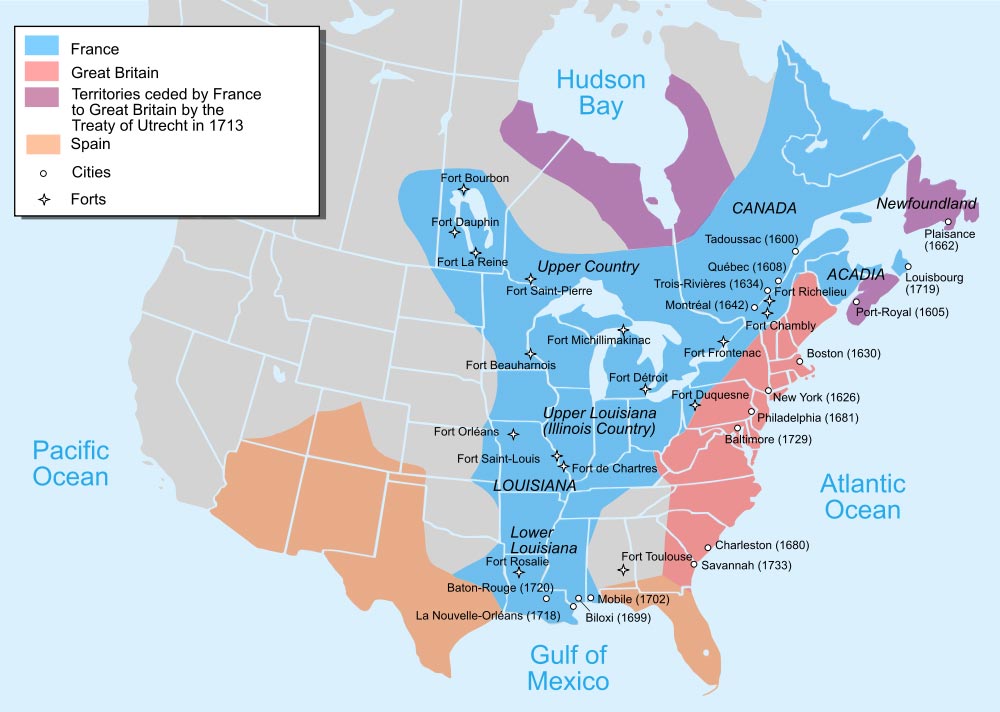Whose War Is It?
There are so many interesting topics in American history and one of these fascinating stories is that of the French and Indian War. This occurred towards the end of the colonial period. This part of history has been given several names. The traditional name is the “French-Indian War” and it was named so because in British America, wars were named depending on who was the King or Queen at the time of the war. When this war happened, King George was the current king but there was already a war named after him (“King George’s War”) in the 1740s, thus the name the “French and Indian War” was adopted instead. This war is also sometimes referred to as the Seven Years’ War, making reference to the seven years between the official declaration of war and the signing of the treaty, although the battles had already begun even before the official declaration of war.
Britain and France
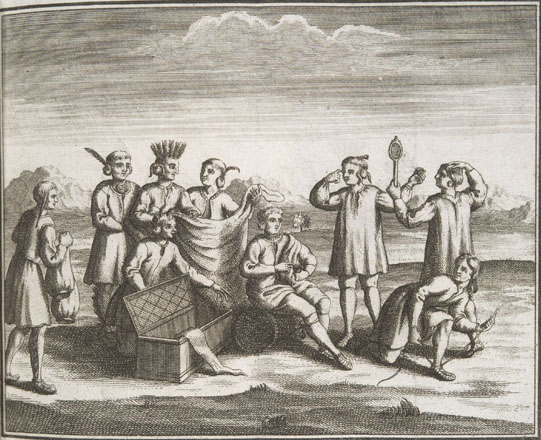 During this time, France and Britain had colonies all over the Americas and Canada. Between and around these colonies were the American-Indian tribes. They were the real natives of North America and Canada. The reason for all the colonizing that was happening was that of trade. They wanted to establish trade routes so that they could easily move around and across the country. And essentially, that is where everything began.
During this time, France and Britain had colonies all over the Americas and Canada. Between and around these colonies were the American-Indian tribes. They were the real natives of North America and Canada. The reason for all the colonizing that was happening was that of trade. They wanted to establish trade routes so that they could easily move around and across the country. And essentially, that is where everything began.
What does Britain have to do with anything? It’s called the French and Indian War! Well, the name is really just misleading. The Indians referred to are the American-Indian natives who fought with the British during the war (but this is also quite misleading since some of them also fought with the French).
The piece of land they were fighting over was the Ohio River Valley (Pittsburgh, Pennsylvania today). At that time, the Ohio River Valley had a lot of wildlife that could be hunted and skinned for their fur. Fur was what the British and French wanted to trade, so to have control and monopoly over that area would give them a very big advantage in trading. The Ohio River Valley also had a lot of economic potential because so it really was worth fighting over.
Free Trade & Alliances
It all started when a Frenchman, Celoron, led an expedition to Ohio. His main objective was to ensure French ownership over the land. They knew that it was owned by the Native American Indians and that the British were around the area. Celoron was to find out how much influence the British may have had, and also to impress the American Indians with their power.
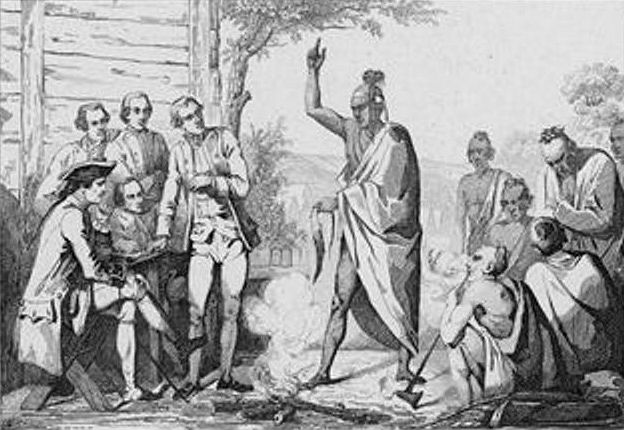
Throughout this expedition, when Celoron encountered the British traders or merchants, he would tell them that the French owned the territory and that they should leave. When he finally encountered some American Indians, they told him that they, and not the French nor the British, owned Ohio and regardless of what the French said or did, they would continue trading with the British. Celoron even told their chief that they must cease trading with the British but the chief simply ignored him.
The British saw what was happening and they decided that as long as there was French presence in the area, they would not be safe. So some of the British colonists set up Ohio Company in order to strengthen their control and to develop settlements and trade over the Ohio region. They were even able to set up a fort, with the cooperation of the American Indians.
The previously mentioned King George’s War ended with a treaty, an agreement between States. This treaty contained some focus on the land disputes between the British and the French. Thus they decided to hold negotiations so that they could see if they could agree and compromise as to who would own what land. The problem with the negotiations was that the representatives of Britain and France were not flexible in their positions. They all wanted to have everything go their way so of course they could not agree on anything. The negotiations were a failure.
Business & Politics
During this time, there were some small encounters between the French and the British resulting in a few deaths. Robert Dinwiddie, the governor of Virginia at that time, was an investor in the Ohio Company and he knew that if the French stayed, he and his business would be in jeopardy.
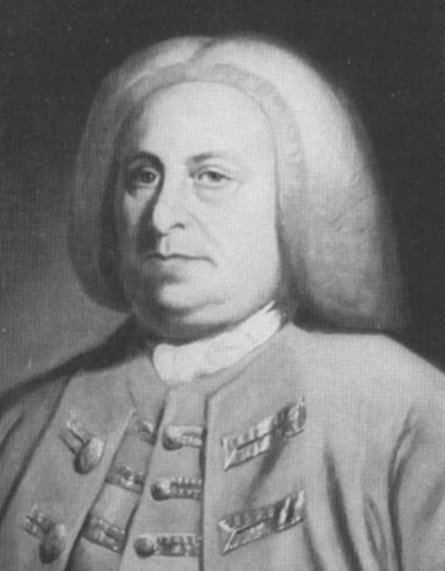 He sent a young George Washington, a 21-year-old major, and a small party to a French Fort. Washington delivered a letter to the commander there demanding that the French immediately leave Ohio Country. The commander politely declined, saying “As to the Summons you send me to retire, I do not think myself to obey it.” That really was a correct response since the British did not have power over the French to be able to compel any of them to leave. But Dinwiddie nevertheless sent the letter first before immediately sending troops as a protocol. He needed to first ask the French commander to leave and to settle the controversy civilly before he used force to oust the French from Ohio.
He sent a young George Washington, a 21-year-old major, and a small party to a French Fort. Washington delivered a letter to the commander there demanding that the French immediately leave Ohio Country. The commander politely declined, saying “As to the Summons you send me to retire, I do not think myself to obey it.” That really was a correct response since the British did not have power over the French to be able to compel any of them to leave. But Dinwiddie nevertheless sent the letter first before immediately sending troops as a protocol. He needed to first ask the French commander to leave and to settle the controversy civilly before he used force to oust the French from Ohio.
Skirmishes
The French built Fort Duquesne at the source of the Ohio River. At first it was Washington who tried to build a fort there but the French attacked him and built their own fort. Washington then made his way again to Fort Duquesne. On his way, he learned of a French scouting or reconnaissance party and decided to ambush them. That ambush is now known as the Battle of the Jumonville Glen. Jumonville was the name of the commanding officer of the French scouting party and it was the American-Indian Tanaghrisson who split open Jumonville’s head.
This was symbolic since Tanaghrisson’s people were more inclined to support the French and to show them and the British that he wanted the British as allies, he killed Jumonville in such a gruesome way. Later, Tanaghrisson would see that certain American-Indian tribes, precisely the people he wanted to influence, were already on the French side.
Washington knew that their ambush would not be taken lightly by the French, and that they should not just sit idly by while waiting for the French to attack them, so he built a fort called Fort Necessity, south of Fort Duquesne. It was not really a fort, but rather it was merely a makeshift stockade so that they could put up a defense at the very least. The French attacked them, resulting in Washington’s surrender, the burning of Fort Necessity, and most importantly it resulted in the French’s wielding control over the region.
Planned Invasion
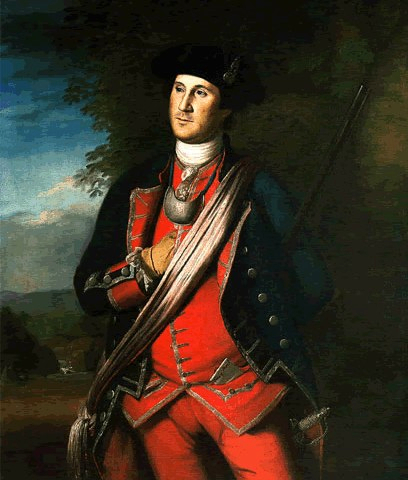 The British devised a comprehensive plan to oust the French. Braddock, Shirley, Johnson and Monckton were tasked to attack different parts of America and Canada that were controlled by the French. Braddock was the one who attacked Fort Duquesne but it ended in a disaster. Braddock was killed and the French successfully controlled Ohio. The worst part of it was that the French were able to find the British attack plans!
The British devised a comprehensive plan to oust the French. Braddock, Shirley, Johnson and Monckton were tasked to attack different parts of America and Canada that were controlled by the French. Braddock was the one who attacked Fort Duquesne but it ended in a disaster. Braddock was killed and the French successfully controlled Ohio. The worst part of it was that the French were able to find the British attack plans!
They found out about what Shirley and Johnson were going to do. Shirley’s attack also ended in disaster as it was unorganized and it showed how inexperienced he was in leading a large expedition. Johnson was seen as more of a threat so the French bigwig commanders focused on him. In the end of it all though, the battle was “inconclusive” since both sides withdrew.
The only successful attack was that of Monckton, who was able to successfully take over a French fort. After all this, it was quite obvious that the advantage of the French was that their commanders were all veterans having participated in the King George’s War, while the British leaders were new in the field of battle, like Shirley.
For awhile, the French, along with their American-Indian allies, were able to attack the British and win very conclusively in many forts and areas that the British controlled. During this time, there was a bit of tension between the French and their American-Indian allies since the French did not allow them to loot the defeated British camps. They said that the battles in Europe were not fought that way, and the American-Indians grew angry.
A New Plan
The British were in a bind at that time. British Prime Minister Pitt, created a new plan against the French, not only in the Americas but also in the other places they were fighting over, such as Africa and India. He sent a lot of troops to North America. They took supplies at will from the civilians with permission from the government. The civilians were also forced to fight with the military. The British started to gain momentum and have the upper hand.
In order to cut off the supplies to the French-controlled regions, the British set up a blockade along the French coastline. The French thus had few supplies, and to top it all, they did not have a very successful harvest, and they had harsh winters. The British set up the Forbes Expedition, where Forbes, along with their American-Indian allies, was successfully able to regain the Ohio.
The French were forced to leave Fort Duquesne, giving the British full control over the Ohio River Valley. The fort was then renamed Fort Pitt. They were also able to take over the great French fort called Louisbourg. The takeover of these two forts was deemed victories for the British.
Retaliate or Negotiate
The French, however, did not give up the fight. When the British invaded Carillon, a French fort, they lost. There were only 3,600 Frenchmen that defeated the 18,000-strong British military force, including their American-Indian allies. This victory has become very famous because of that.
Victory for the British was decided when British General Wolfe was able to take control of Quebec, one of France’s main headquarters in North America. The siege took about two months and the battle was brutal. 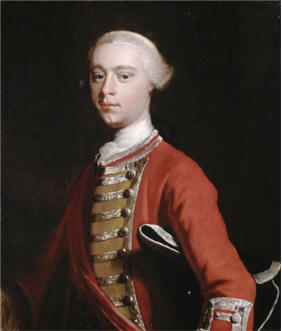 The commanders of both France and Britain were killed in battle, but it was the British that came out victorious. The British were able to stop French relief ships from docking, and at the same time, it attacked Montreal from three sides. Almost automatically, Montreal and Detroit, the rest of France’s headquarters, fell as well. After taking quite a beating, the French army finally surrendered in Montreal in 1760.
The commanders of both France and Britain were killed in battle, but it was the British that came out victorious. The British were able to stop French relief ships from docking, and at the same time, it attacked Montreal from three sides. Almost automatically, Montreal and Detroit, the rest of France’s headquarters, fell as well. After taking quite a beating, the French army finally surrendered in Montreal in 1760.
The French Governor Vaudreuil was able to negotiate with the British General Amherst. They agreed that any Frenchman who wanted to stay in America can do so with the freedom to practice their Roman Catholic tradition. They could also keep their property without being bothered. The British gave the wounded and sick French troops treatment and they were all returned to France on British ships with a promise that they will not participate in the war forthwith.
Treaty of Paris
Everything the French colonized in North America was turned over to the British. After so much war and bloodshed, the French and British were finally able to reach an agreement through the Treaty of Paris. The British offered either North America (only the parts east of the Mississippi) or the Caribbean islands to the French.
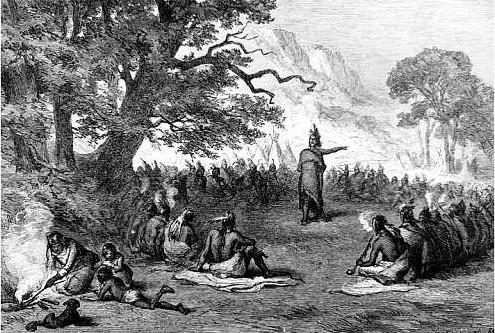 The French chose the Caribbean islands because it was rich with sugar and spices and it was easier to defend. Apparently, the British did not need this because they had their own sources of sugar. Spain was also part of the Treaty of Paris since they also owned a few parts of North America. They were given Cuba by the British (which was really taken from them), and they gave up Florida. Under the Treaty of Paris, all States were allowed to navigate the Mississippi. This signaled the end of the French and Indian War.
The French chose the Caribbean islands because it was rich with sugar and spices and it was easier to defend. Apparently, the British did not need this because they had their own sources of sugar. Spain was also part of the Treaty of Paris since they also owned a few parts of North America. They were given Cuba by the British (which was really taken from them), and they gave up Florida. Under the Treaty of Paris, all States were allowed to navigate the Mississippi. This signaled the end of the French and Indian War.
What happened to the American-Indians? Those who were allied with the French were very dissatisfied by the British rule because the British refused to give their leaders gifts, like the French did, and also because of the massive influx of British into their land, they became displaced. This gave rise to the Pontiac Rebellion, but that is another story altogether.
